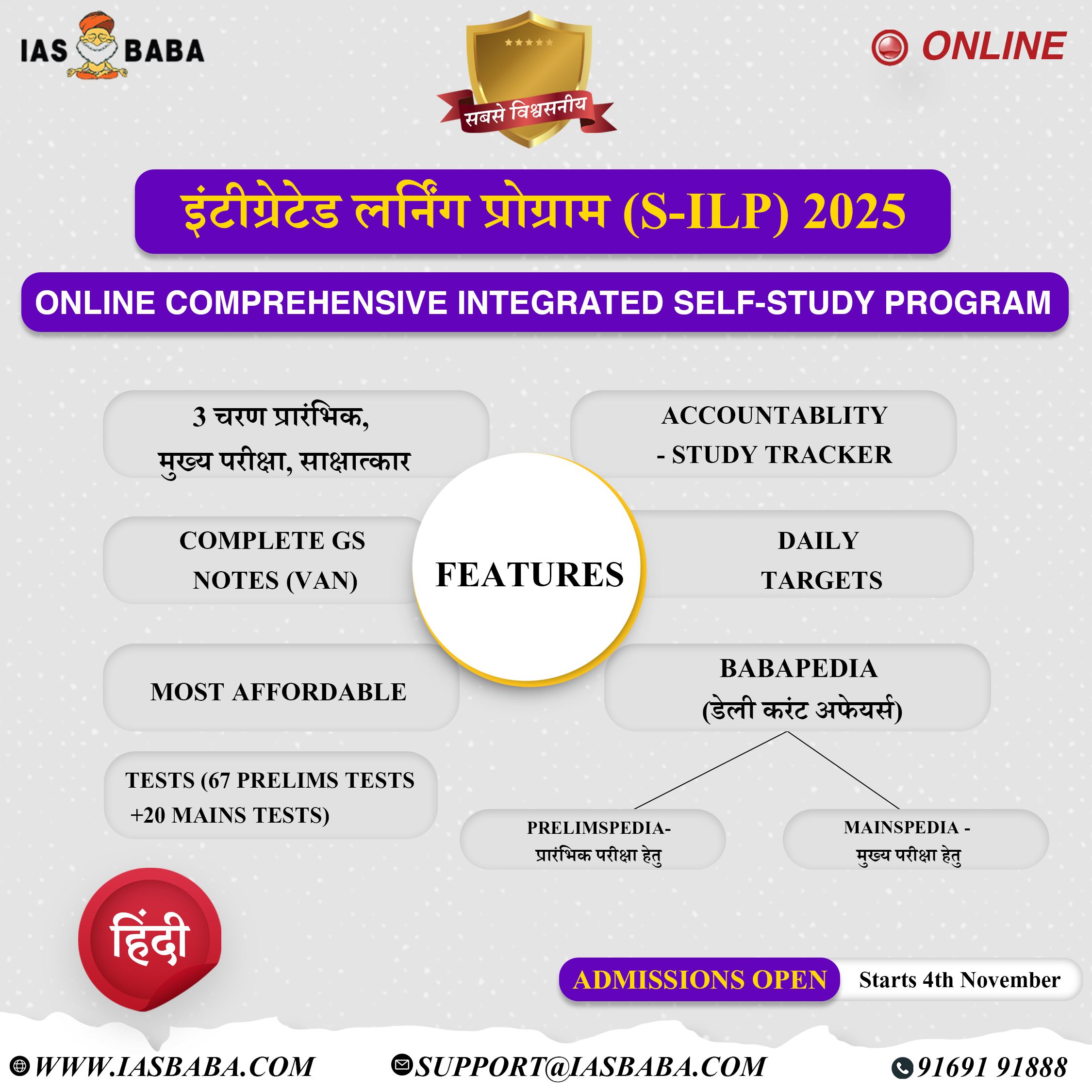Economics, Environment & Ecology
Context: Recently a gathering of State Tourism Ministers to discuss on modes and mechanisms to develop tourism in India, came up with ‘The Dharamshala Declaration’ (2022).
It draws inspiration from central government’s ‘Whole of Government’ approach, which enables the breaking down of silos and encouraging synergies across various government corridors.
About Dharamshala Declaration:
- On the occasion of World Tourism Day (September 27), Dharamshala Declaration aims to recognise India’s role in contributing towards global tourism as well as focusing on recovery by also promoting domestic tourism — which has been overlooked for long.
- In the declaration, the Tourism Ministry has come up with a strategy and action plan to encourage more Indians to travel domestically and explore India’s natural, cultural, and spiritual beauty while simultaneously reaching the goal of an ‘Ek Bharat Shrestha Bharat’ (interaction and mutual understanding).
- The ‘Ek Bharat Shrestha Bharat’ scheme was launched to celebrate the cultural vibrancy of India while establishing a strong mechanism to inculcate nationalism and cultural awareness among the citizens of our nation.
- In parallel, the Ministry has also been working with the Ministry of External Affairs to identify 20 Indian missions abroad with the highest tourist footfalls to India and build country-specific strategies to attract foreign tourists.
Rethinking and reimagining tourism:
- Tourism has been one of the sectors severely affected by COVID-19. The Government of India’s Emergency Credit Line Guarantee Scheme (ECLGS) was recently enhanced to ₹5 lakh crore to benefit enterprises in hospitality and related sectors such as hotels and restaurants, marriage halls, travel agents, tour operators, adventure, and heritage facilities.
- The pandemic has also given us the time to reset and rethink the way forward for tourism in India.
- The Ministry of Tourism, after wide-ranging consultations, has prepared a draft National Tourism Policy 2022, which aims at improving the framework conditions for tourism development in the country, supporting tourism industries, strengthening tourism support functions, and developing tourism sub-sectors.
- The guiding principles include promoting sustainable, responsible, and inclusive tourism in line with our civilisational ethos.
- From Gautama to Gandhi, India has always spoken about the inherent need to live harmoniously with nature and within our means. The National Green Tourism Mission aims at institutionalising this approach.
- The National Tourism policy also aims to give impetus to digitalisation, innovation and technology through the National Digital Tourism Mission and skilling through the Tourism and Hospitality Sector Skill Mission.
- The policy also gives a special impetus to private sector participation through public-private-partnerships (PPP).
- Various other schemes involving PPP mode development will also compliment tourism sector, like the National Investment Pipeline (NIP) and the National Monetisation Pipeline (NMP).
Important features of draft National Tourism Policy 2022:
- To promote investment in the tourism sector, industry status is proposed to be granted to the sector, along with formally granting infrastructure status to hotels.
- It identifies 5 key areas to be given significant focus in the next 10 years — green tourism, digital tourism, destination management, skilling the hospitality sector and supporting tourism-related to MSMEs.
- Relief Measures and Taxation Breaks for the contact-sensitive industry, which has been the worst sufferer over the last two years of the COVID-19 pandemic,
- Other framework conditions to help the sector, especially in the wake of the pandemic. The overall mission and vision are being laid out to improve the experience of tourists, foreign as well as local.
Potential during the G20 presidency:
- The country has an opportunity to position itself as a major tourism destination during India’s presidency of the G20 (2023).
- India welcomes delegates from the 20 countries/European Union, including personnel from the central banks and finance ministries ranging from anti-corruption and agriculture to health, culture and tourism and foreign ministers, and other ministerial meetings.
- Even as the final list of cities is being finalised based on a set of transparent criteria such as conference infrastructure, accommodation availability, rankings in Swachh Bharat and other parameters, close to 35 cities with this potential have already been identified.
- During this time, the plan is to ensure due rigour, dedication and showcase the country’s cultural richness while welcoming the world to India.
- The Ministry of Tourism also plans to work with other Ministries to bring in necessary interventions such as visa reforms, ease of travel, traveller-friendly and improved immigration facilities at airports.
Way forward:
- Over the past few months, all the major tourism indices such as domestic air passenger traffic, hotel occupancy and tourist footfalls have shown signs of recovery and are going back to pre-pandemic levels.
- By mid-2024, we would be at pre-pandemic levels, with India achieving $150 billion as GDP contribution from tourism and $30 billion in foreign exchange earnings with 15 million foreign tourist arrivals.
- By 2030, India is estimated to grow at 7%-9% compounded annual growth rate and we expect the enabling policy framework to bring in $250 billion in GDP contribution from tourism, 140 million jobs in the tourism sector.
- India’s age-old dictum of ‘Atithi Devo Bhava’ will come to the fore as it welcomes tourists across the world under a new age tourism policy.
Source: The Hindu











